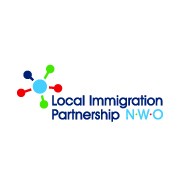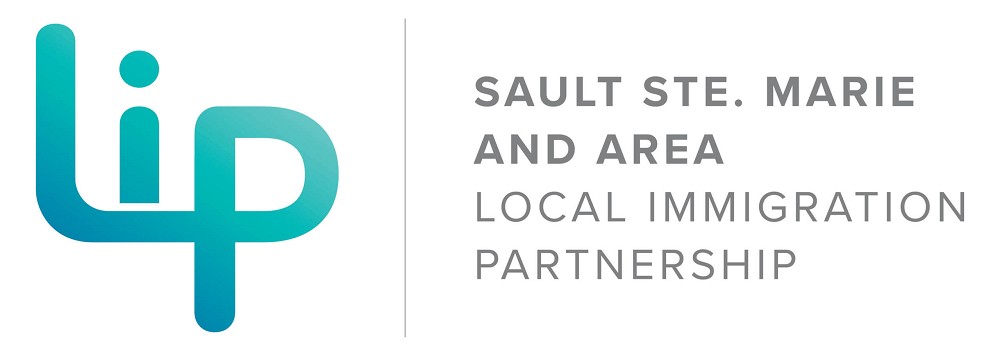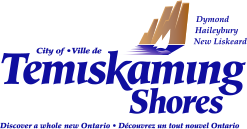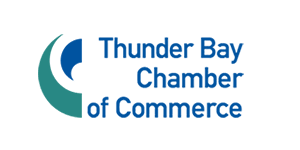Magnetic North
After hosting two Come North Conferences in February 2020, it became clear that there is an abundance of work being done to welcome newcomers and retain the existing population. Welcoming community efforts, asset inventories, anti-racism and reconciliation supports can be found in every region of northern Ontario. Connection, coordination, and communication across Ontario's northern regions is needed to maximize these efforts. Adequate resources must be dedicated to carry out the collective goals established at the Come North Conferences, which emphasizes the need for the formal Magnetic North initiative.
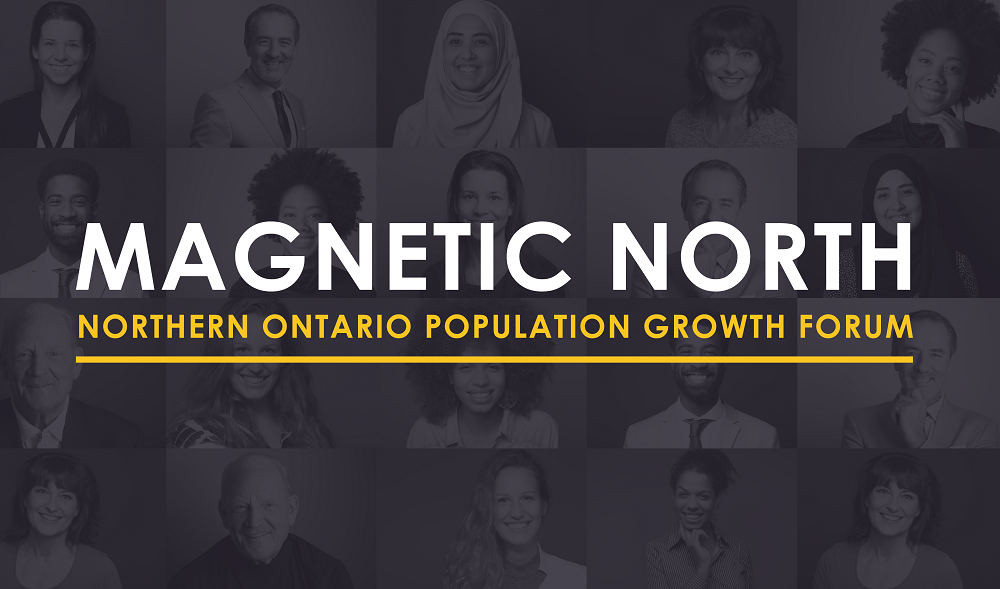
About Magnetic North
The purpose of the Magnetic North initiative is to encourage community coordination in pan-northern population growth and welcoming community strategy, including attraction, retention, and reconciliation. The initiative, via the Magnetic North Program Officer, will implement the immediate action plan produced as part of the Magnetic North and Come North Conferences, and provide updates on the status.
A vital part about this initiative is assessing progress and resetting priorities, which will continue to happen at the annual two-day Magnetic North conference hosted by Northern Policy Institute, in partnership with organizations across Northern Ontario. The priorities for the conference, and thus the initiative, will be set based on changing trends and needs existing within the engaged communities.
Finally, progress reports and other research will be produced that focus on the impact and progress on engagement efforts in Northern Ontario communities, and actions that are prioritized at the annual event.
The Magnetic North initiative is not intended to replace existing or future local initiatives. The intent is to support those local initiatives by helping them to connect with, learn from, and work alongside other initiatives seeking the same or similar ends. Avoiding duplication, leveraging scarce resources, and avoiding conflicting messages will help Ontario's northern regions to grow and prosper. As each community becomes more attractive and welcoming, every community becomes more attractive and welcoming.
Contact the Program Officer at magneticnorth@northernpolicy.ca
Past Conferences
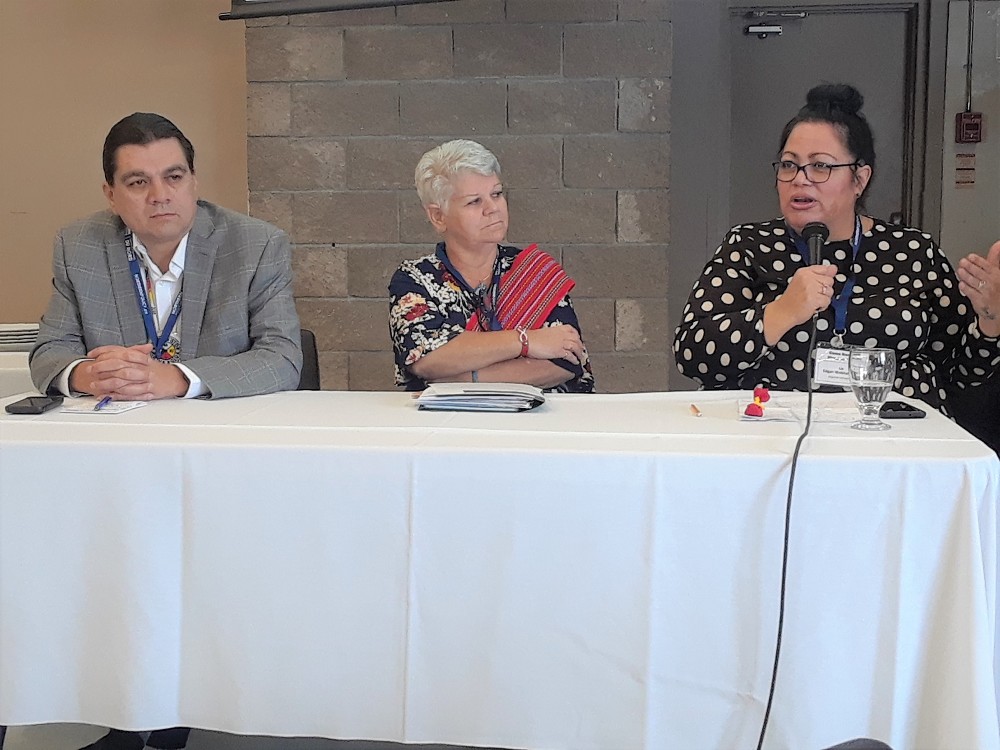 |
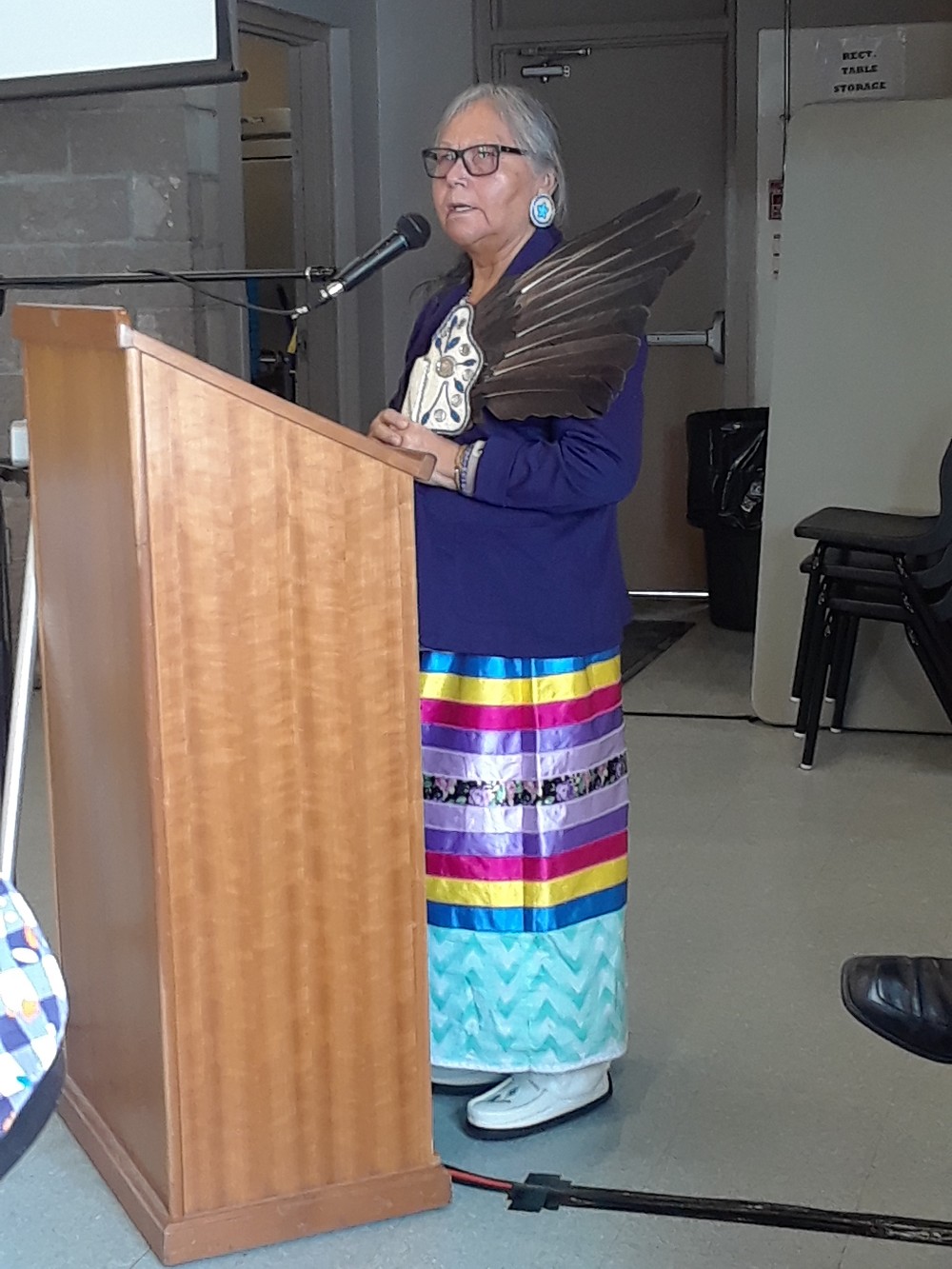 |
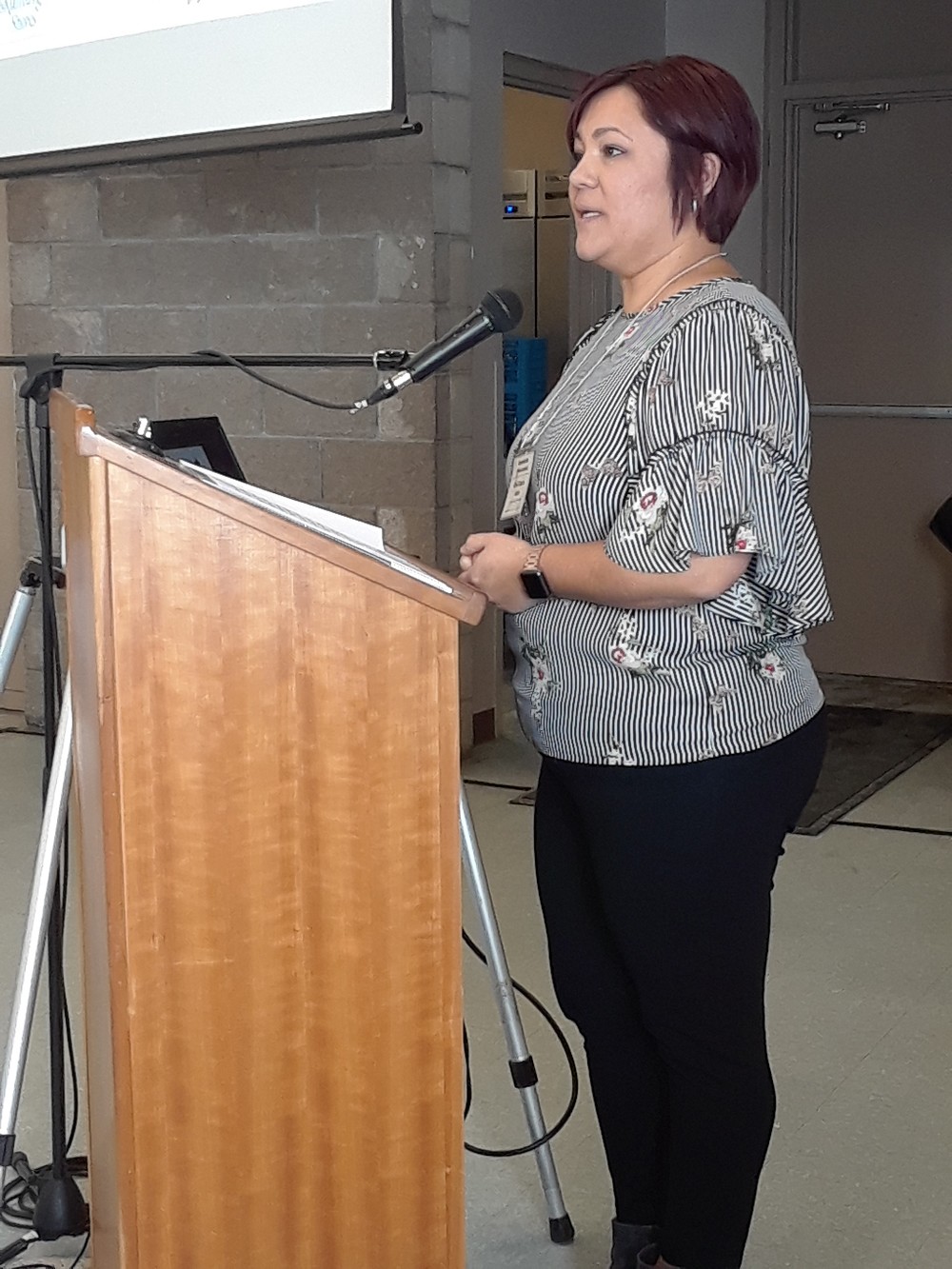 |
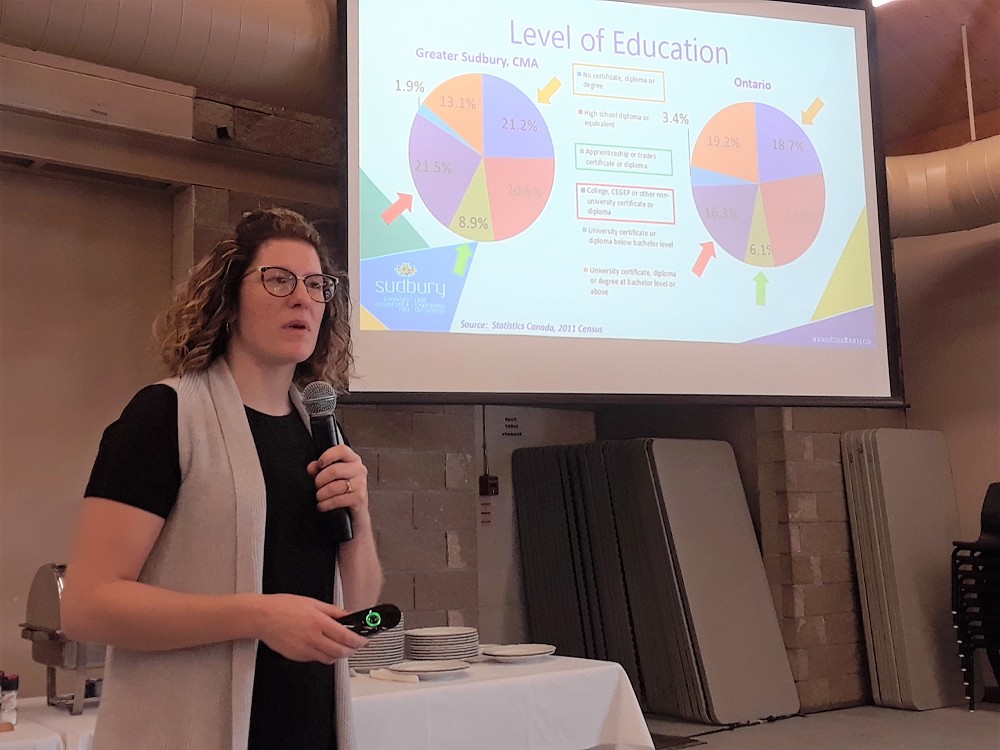 |
A lot has changed since February 2020, when the first Come North conference was launched. We face ever-changing demographic challenges in our communities. This creates a growing need to retain and fully embrace the existing populations. Strategies, priorities, and next steps must be revised and adapted regularly.
Programs for YOU
The Magnetic North Program Officer has the mandate to:
- Act as an advisory resource for communities without local dedicated capacity to plan and deliver efforts in support of anti-racism, reconciliation, economic engagement, social supports, migrant attraction, settlement, and retention.
- Where possible and necessary, assist in resolving challenges or removing barriers to the introduction/expansion/delivery of programs promoting welcoming, reconciliation, population growth, and/or retention in rural and remote areas.
If your community lacks these dedicated resources, or you are just having trouble identifying them, we can help. Please contact the Magnetic North Program Officer directly at magneticnorth@northernpolicy.ca to arrange a meeting.
Resources available for YOU
We understand the value of quality research, so we have curated a list of research resources for you. These resources are divided in two sections: research reports and papers by Northern Policy Institute and other external resources.

